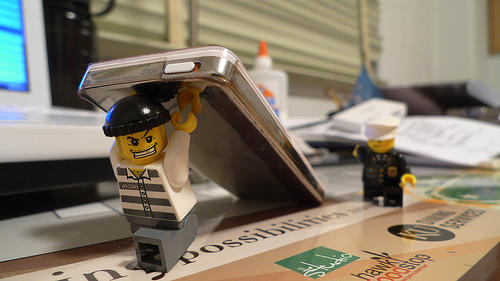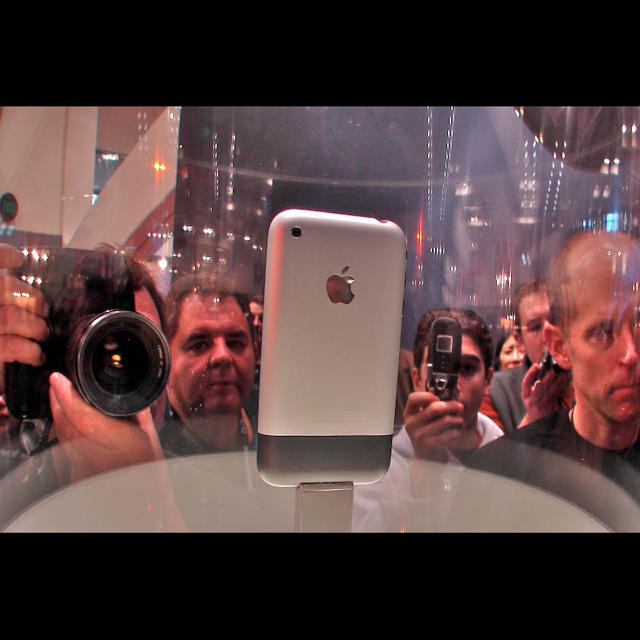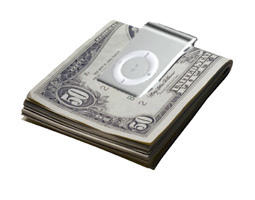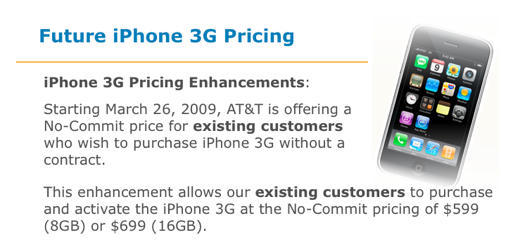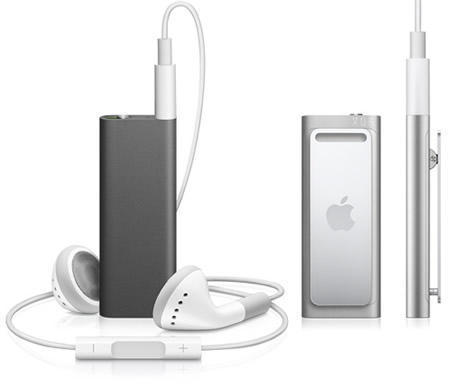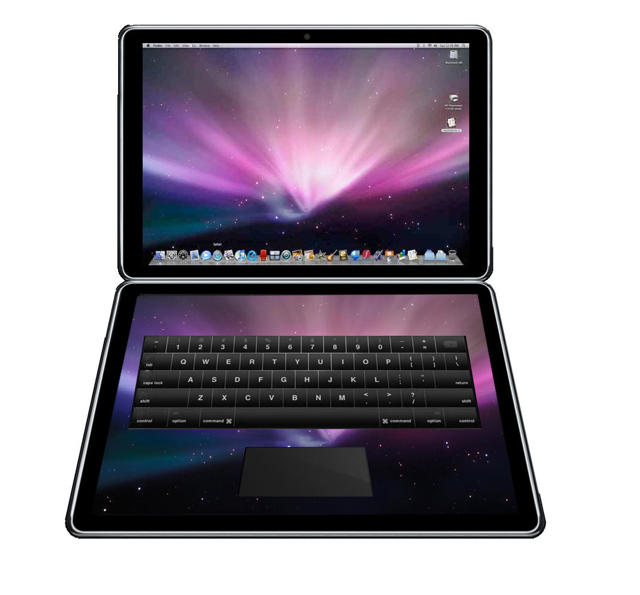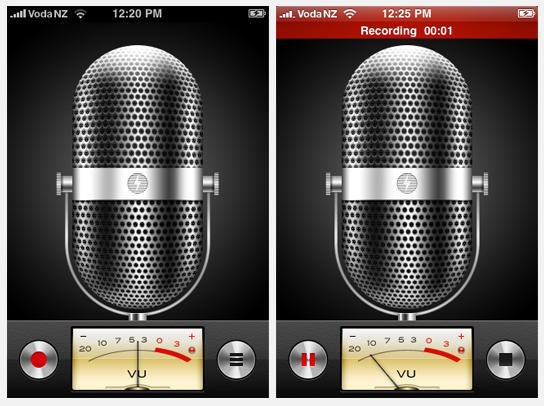After a decade of being the clear leader driving market trends in computing, Apple’s influence could wane in the post-Steve Jobs era, according to a thoughtful piece posted Tuesday at TG Daily.
Industry analyst Rob Enderle describes Apple’s amazingly diverse impact on wider market trends:
* The iPhone immediately became the gold standard for mobile phone manufacturers, resulting in an explosion of new devices and innovation across every mobile software platform;
* Apple created integration between power and graphics in computer processors that would not have been possible without the company’s commitment to OpenCL, a framework for writing programs that execute across CPUs and GPUs;
* Apple’s focus on design and higher margins resulted in the introduction of products such as the recently released Dell Adamo, a PC notebook designed and marketed to emulate Apple’s attention to every detail from the packaging inward, down to the absence of stickers promoting Microsoft Windows and Intel;
* The elegance of the user experience in Mac OS X virtually doomed OEMs’ embrace of Linux to a competition not with Apple but with Windows, an outcome which will affect the introduction of Google’s Android when it comes to market next year as well.
In short, Enderle writes, “Apple is at the core” of all recent change in the computer industry, that “as a result Apple’s efforts, the products we will see from a variety of vendors will be vastly more amazing than they otherwise would have been.”
None of the above is really subject to debate. Enderle goes on to question whether Apple can keep it up in the post-Jobs era, however, and this writer disagrees. Follow the jump to find out why.






